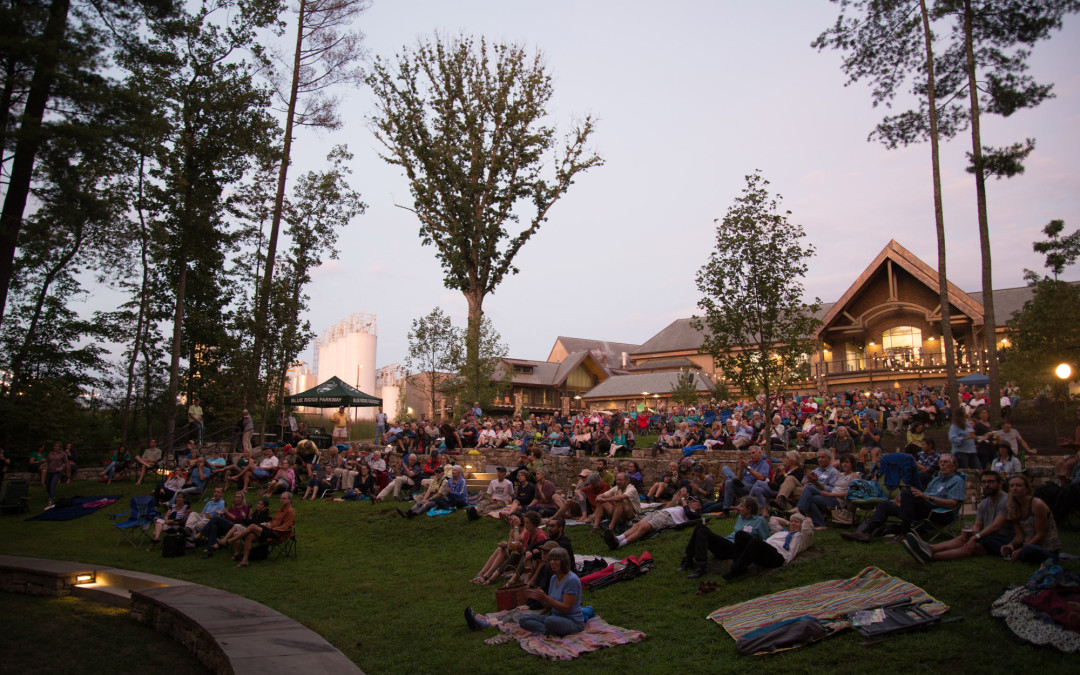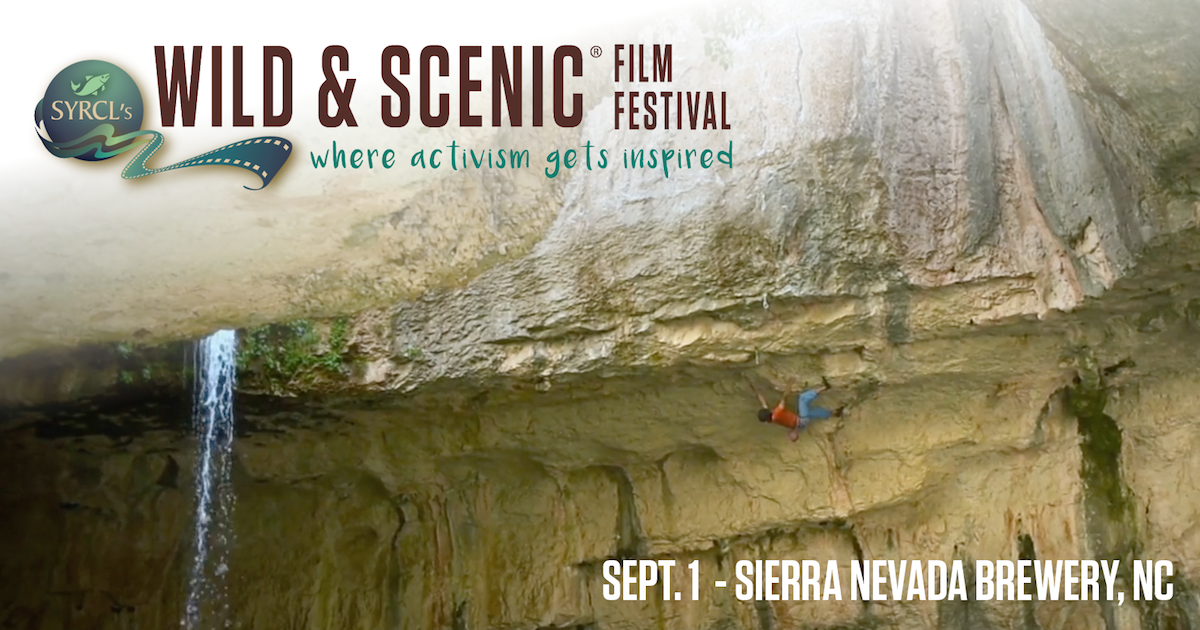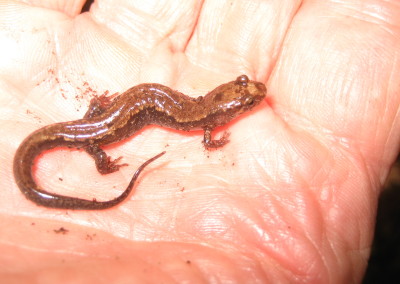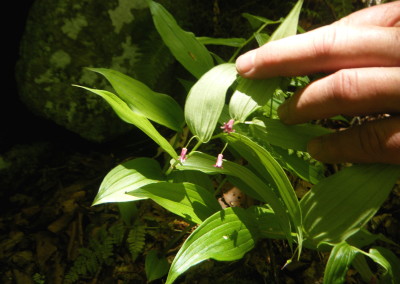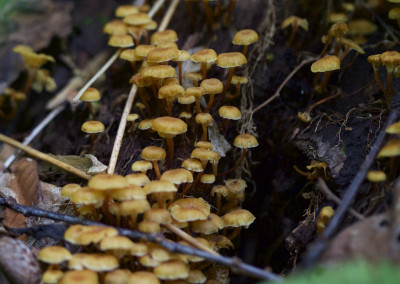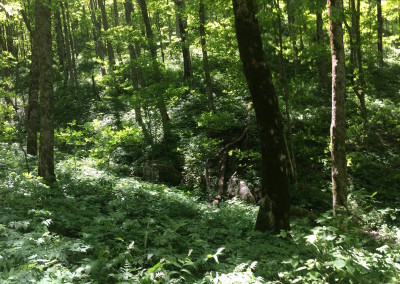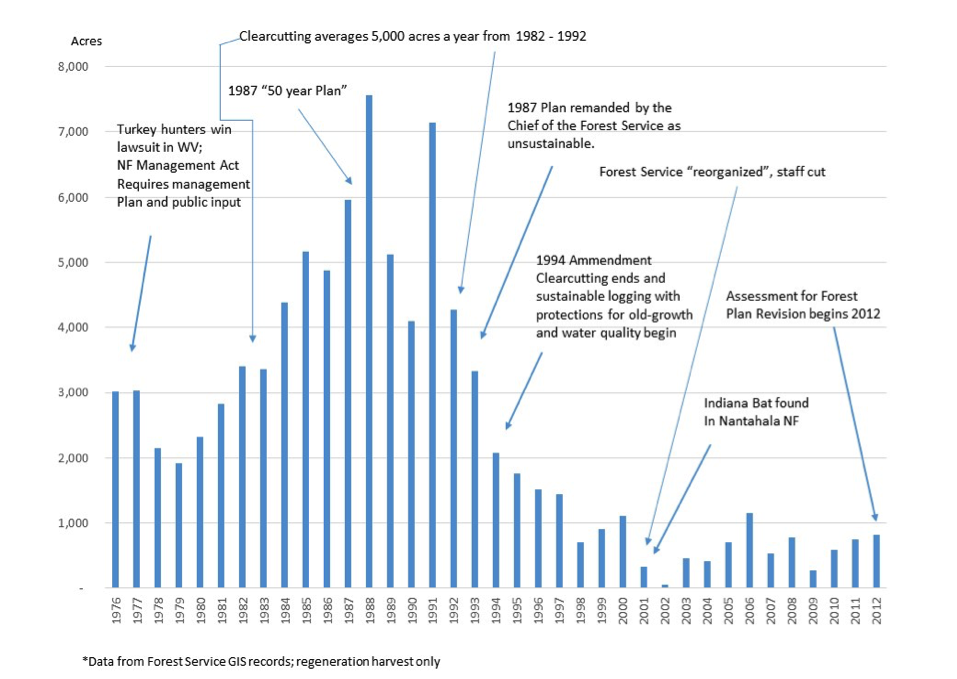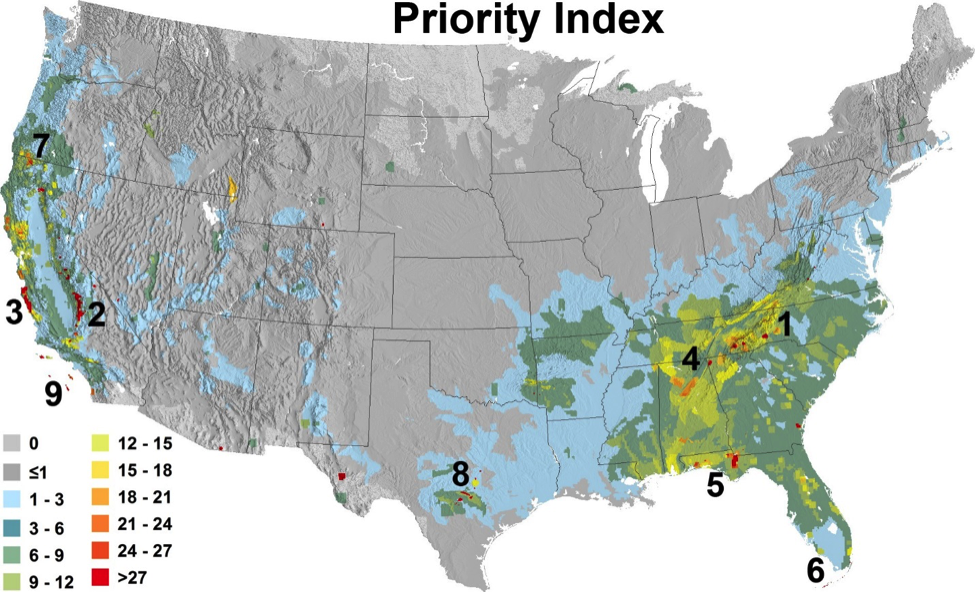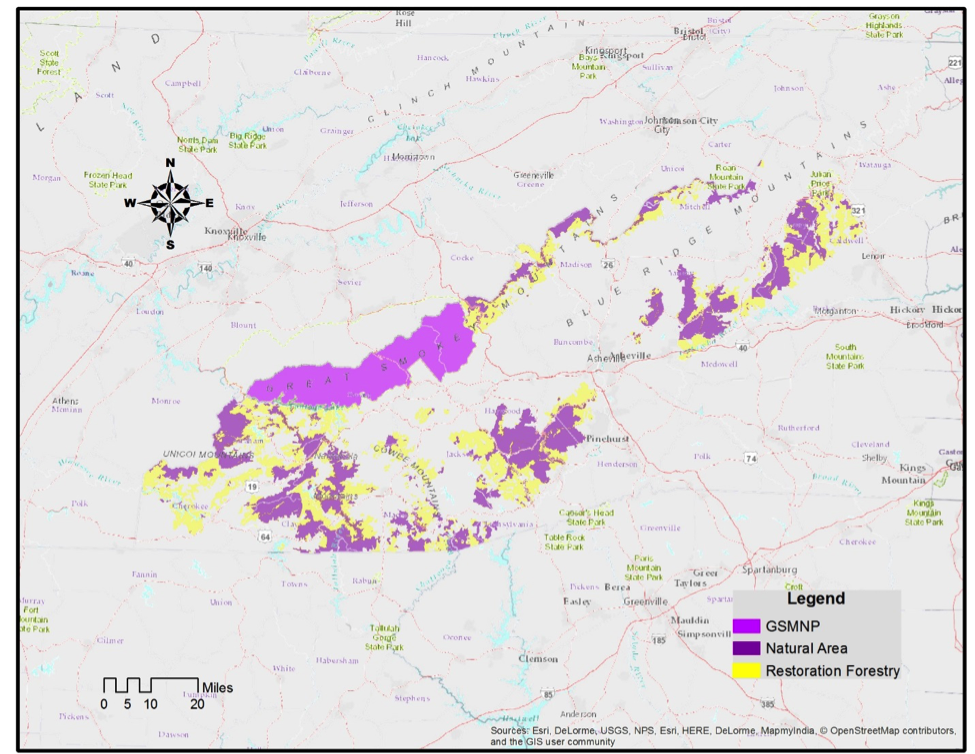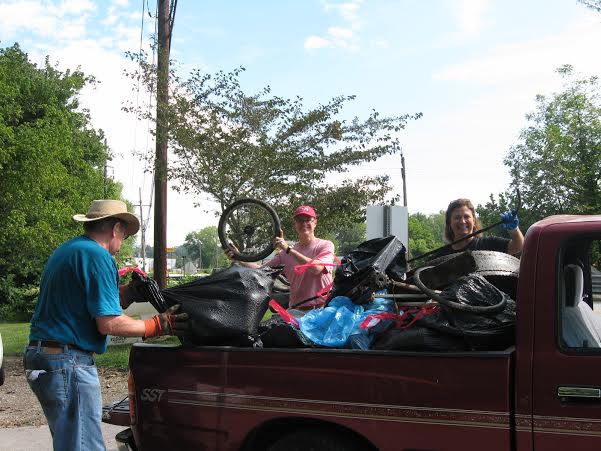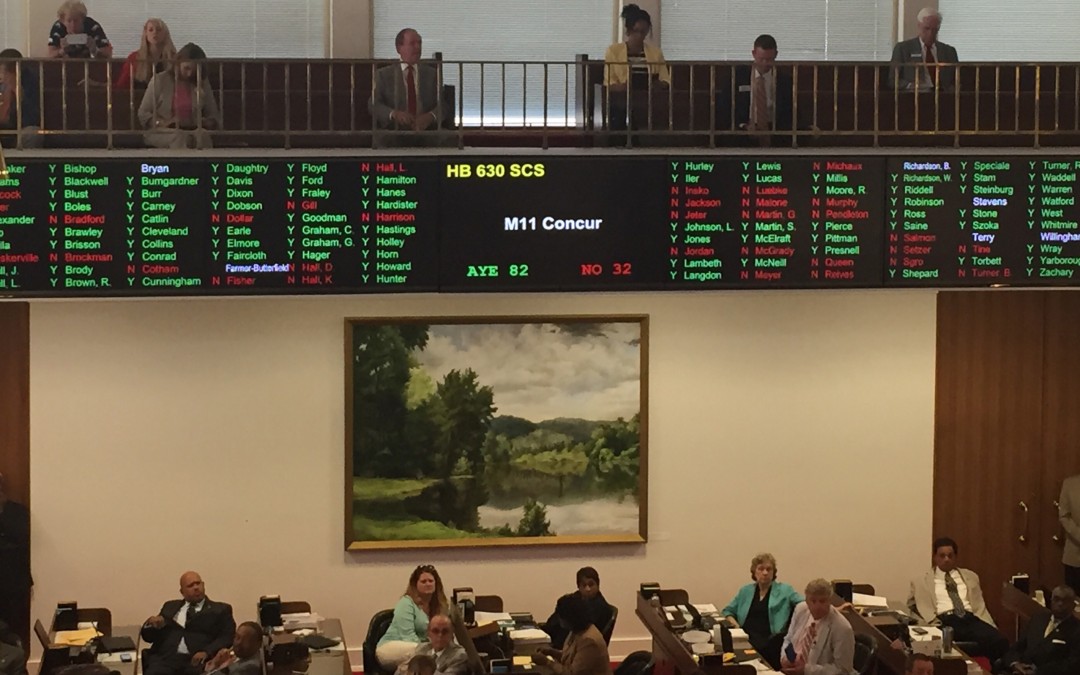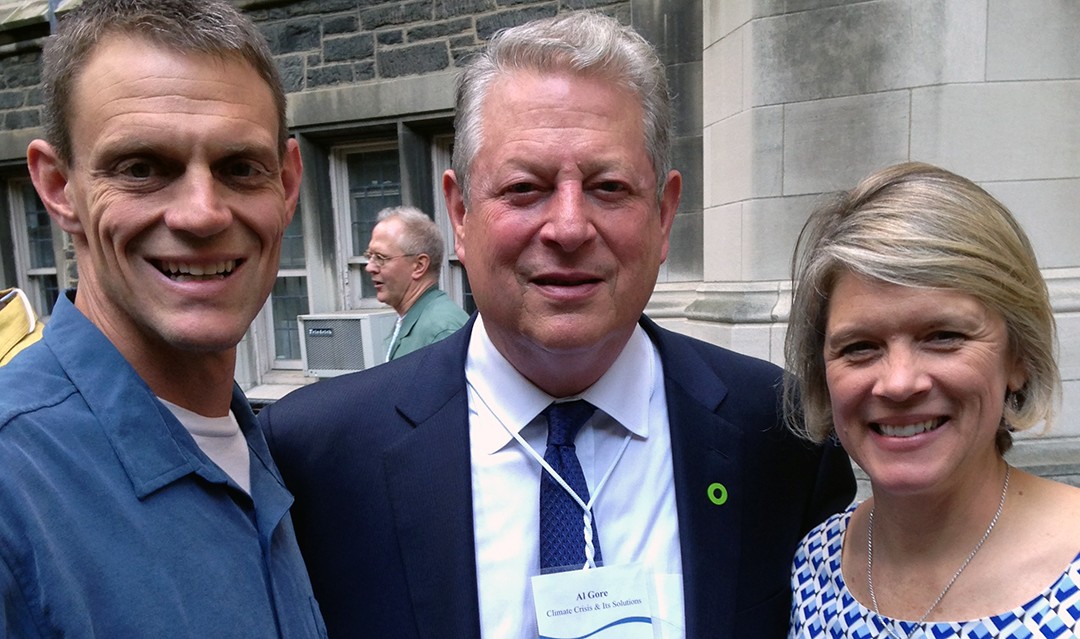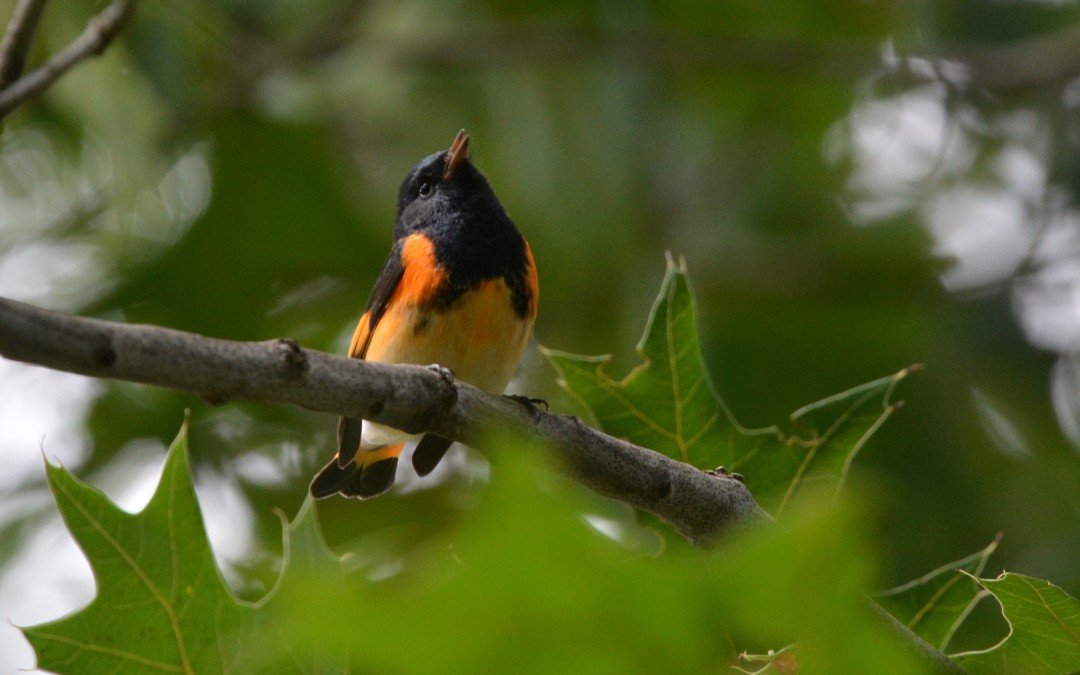
October 8: Migratory Bird Walk & Talk with Friends of the Oklawaha Greenway
October 8: Migratory Bird Walk & Talk with Friends of the Oklawaha Greenway
Hendersonville, N.C. — The public is invited to join Friends of the Oklawaha Greenway on October 8 at 10 a.m. for a Migratory Bird Walk & Talk, led by Cherie Pittillo and Emilie Travis, experienced local birders and board members of the Elisha Mitchell Audubon Society.
This Walk & Talk will focus on the fall migration of birds. Cherie and Emilie have a wealth of knowledge about migratory birds in western North Carolina as well as their winter habitats around the Caribbean basin. Organized by the Friends of the Oklawaha Greenway, this walk is co-sponsored by the City of Hendersonville and Wild Birds Unlimited.

Cherie and Emilie will help participants identify our birds and understand their habits and needs as they prepare to winter in North Carolina or travel to warmer weather in the south. They will discuss the importance of habitat, with special emphasis on our mountains, and the critical role residents play in maintaining a safe environment for birds. This is a fun and informal program, and your questions and observations are welcomed.
Participants should meet at the pavilion in Hendersonville’s Patton Park parking lot (114 East Clairmont Drive). The walk will last about 90 minutes, is free to the public, and will be held rain or shine. Please come equipped with good walking shoes and rain protection. For questions about this walk & talk, please contact: Jack Robinson at jackrobinsonmerida@gmail.com, Cel. 828-335-2479
The Friends of the Oklawaha Greenway is a group of local organizations and area residents who recognize the many community values offered by greenway trails, such as improved health, recreation, off-road transportation, connectivity, preserved open space, and economic opportunity. The Oklawaha Greenway currently connects Berkeley Park, Patton Park, and Jackson Park. The Friends of the Oklawaha Greenway plan to promote the use of the existing greenway, and are working to connect it to Blue Ridge Community College. Their members include the Blue Ridge Bicycle Club, Carolina Mountain Land Conservancy, Friends of the Ecusta Trail, MountainTrue, the League of Women Voters of Henderson County, and representatives from the community at large.





